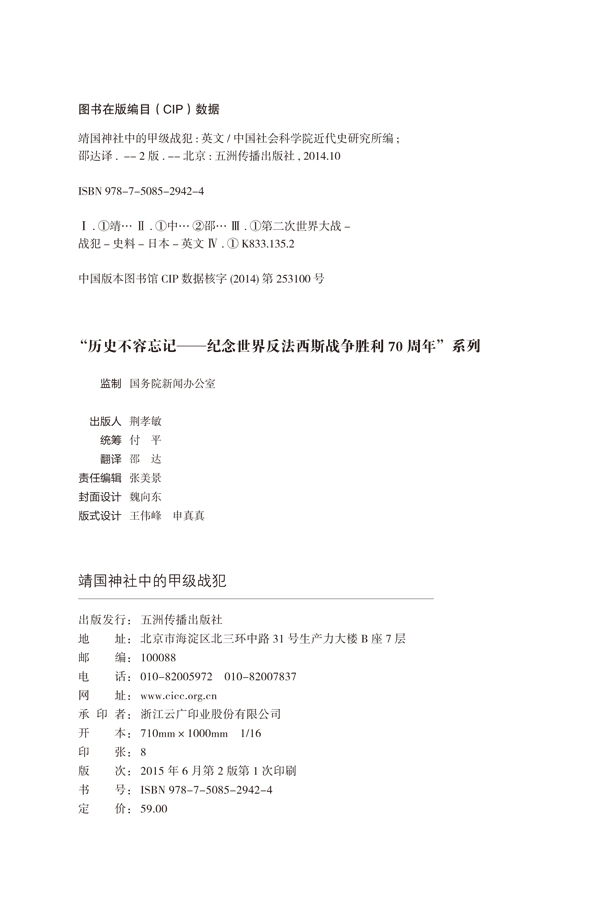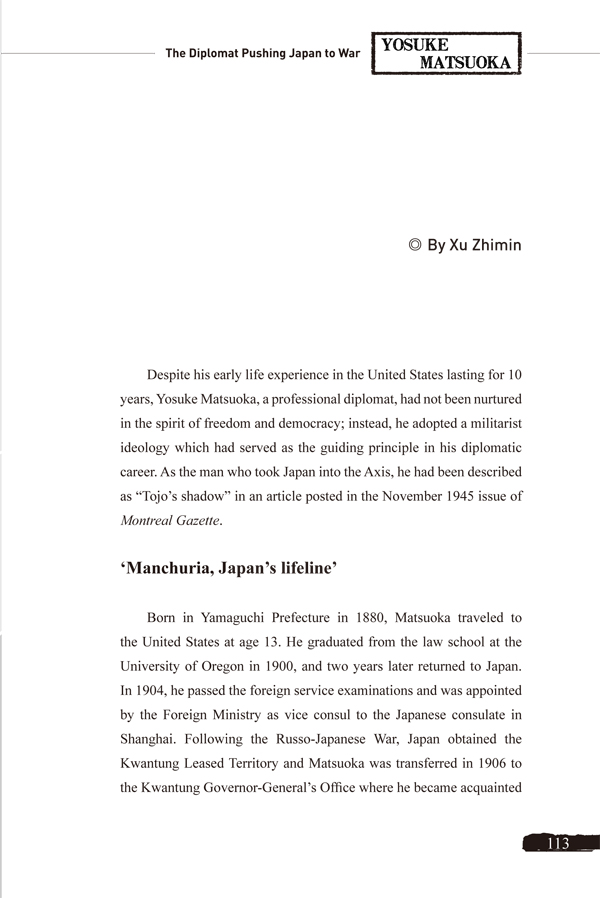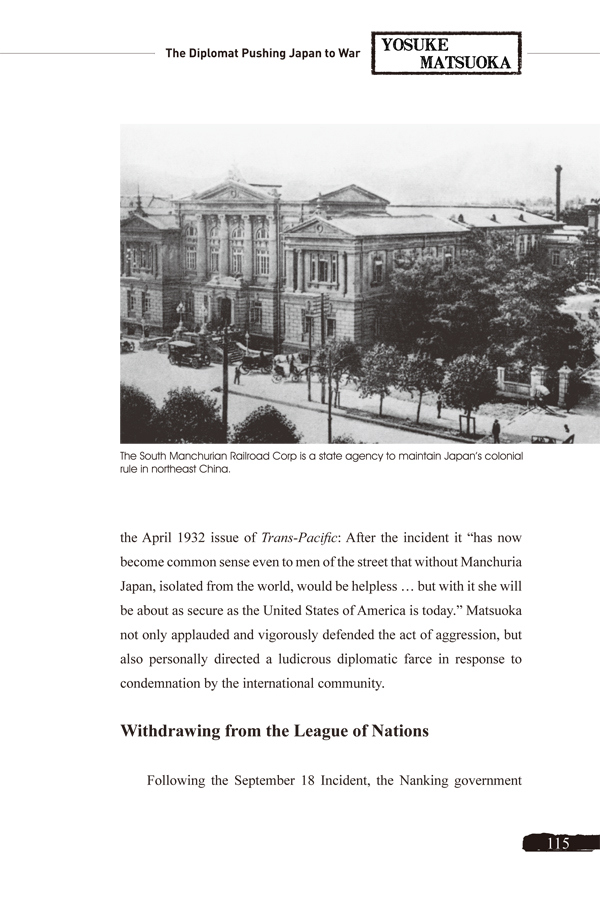內容簡介
近年來,影響中日關繫健康發展的一個重要原因,便是日本
領導人屢屢參拜靖國神社,並不時為其參拜行為進行辯解,竟稱
“別國不應干涉追悼陣亡者”,“搞不懂不能參拜的原因”。
我們認為,要求正確認識歷史問題並非“糾纏歷史”,隻有
正確認識歷史問題,纔能發展中日關繫、維護亞太地區乃至世界
的和平與發展。
我們編輯本書,介紹靖國神社中供奉的14 名甲級戰犯對中
國人民和亞洲許多國家人民犯下的罪行,以使世人明了中國為什
麼反對日本領導人參拜靖國神社。
領導人屢屢參拜靖國神社,並不時為其參拜行為進行辯解,竟稱
“別國不應干涉追悼陣亡者”,“搞不懂不能參拜的原因”。
我們認為,要求正確認識歷史問題並非“糾纏歷史”,隻有
正確認識歷史問題,纔能發展中日關繫、維護亞太地區乃至世界
的和平與發展。
我們編輯本書,介紹靖國神社中供奉的14 名甲級戰犯對中
國人民和亞洲許多國家人民犯下的罪行,以使世人明了中國為什
麼反對日本領導人參拜靖國神社。














